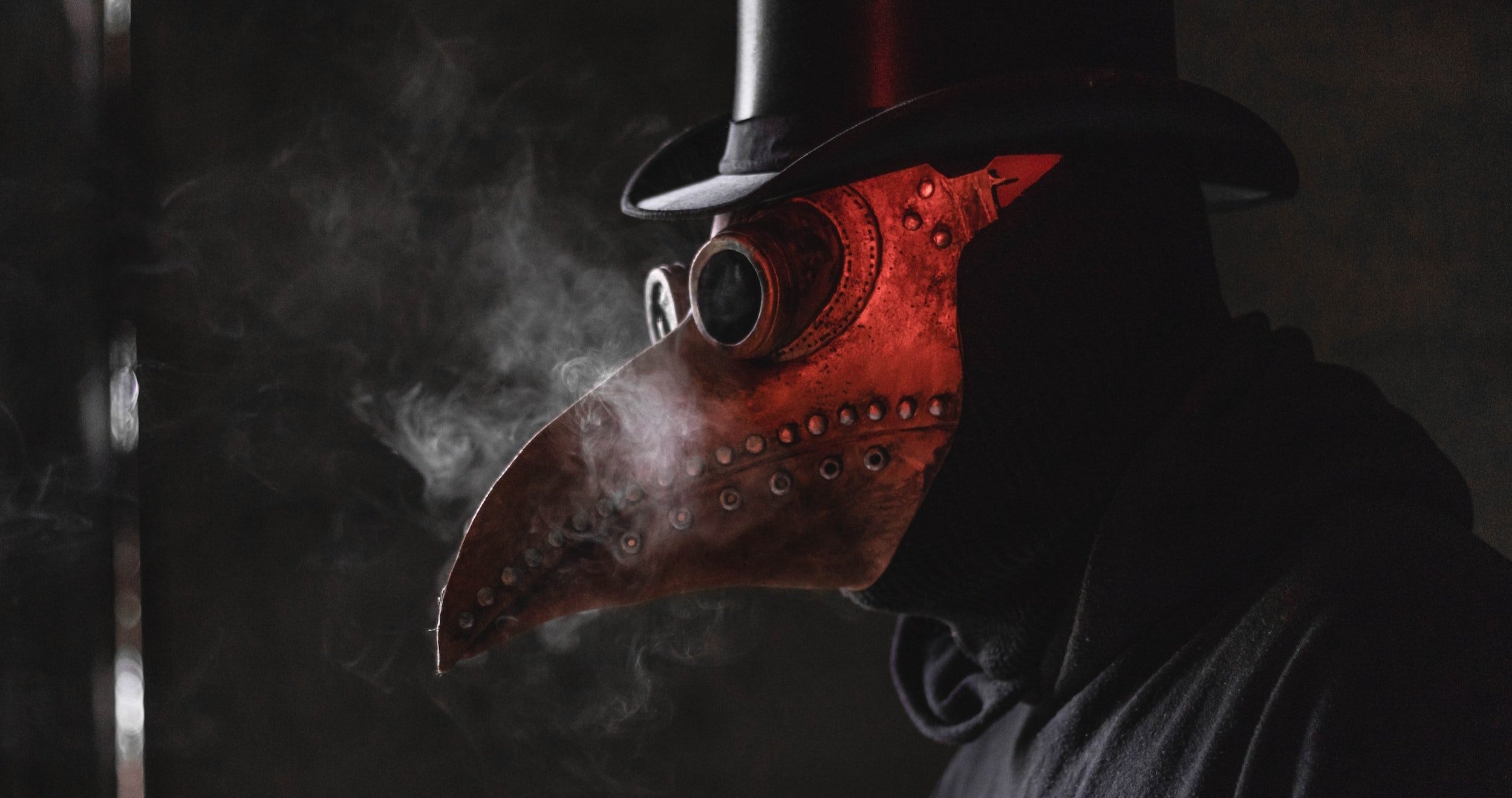When Bodies are Scary
This is a clip from one of the newsletters I pen for Dr. B — an accessible healthcare company. For a curated weekly newsletter that cuts through the noise to deliver vetted reads on Covid-19 and beyond, sign up at HiDrB.com.
Welcome to the Dr. B Weekly Roundup, a curated weekly overview that cuts through the noise to deliver vetted reads on Covid-19 and beyond. The king of creepy, Edgar Allan Poe, once wrote, "the boundaries which divide Life from Death are at best shadowy and vague.” We could say the same about the boundaries between illness and health, right? In a nod to all holidays that respect the veil, let’s dig into trick-or-treating urban legends, unsettling historical treatments + the scary scenario of living with an undiagnosed illness. You’ll feel safer after scrolling. No tricks included.
Head to HiDrB.com for…
The Checkup: not-so-scary updates on mental health, dietician tips, the latest in neuroplasticity, and more.
Covid-19: what to know about fake news, winter projections, and how Covid-19 affects neonatal mortality rates.
Image: a photo of the moon surrounded in shadow.
Treat… or lethal trick?
Rainbow fentanyl is real. The tablets contain a drug 100 times stronger than morphine. 2 milligrams can kill a child. And authorities have seized thousands disguised as candy and hidden in Lego packaging. But will kids get rainbow fentanyl in their trick-or-treat bags? No.
Professor of sociology and criminal justice Joel Best has never found any evidence that a contaminated Halloween treat has killed or injured a child. But every autumn, renewed urban legends connect anything creepy + newsworthy to Halloween: Apples and razor blades. 9/11 terrorists bombing trick-or-treaters. Toddlers given marijuana gummies, etc. And so when DEA administrator Anne Milgram stated that the colorful fentanyl tabs were created to target younger buyers, the media jumped. Drug experts dismiss the idea: Children make terrible customers. (They don’t have money + spit things out that don’t taste good!) Fentanyl is too expensive to give away. And what would drug cartels gain by killing kids? Milgram's also since clarified that there's no reason to believe in such a connection. Read the full scoop for more reassurance + the real danger of fentanyl + teens.
Weird + historical treatments of yore
Think vaccines are horrific? Consider this:
If painful black buboes covered your body during the Bubonic Plague, you might have received the Vicary Method, where someone would lay the plucked skin of a (live) chicken’s bottom on your infected sores. In the early 19th century, children with anything from teething to constipation got doused with Mrs. Winslow’s Soothing Syrup—an alcohol-morphine combo that proved so deadly it was later nicknamed “Baby Killer.” During the 1918 influenza epidemic, mercury laxatives and exposure to toxic fumes like nitric acid were treatment options. And mid-20th century medical innovations for cancer, scoliosis and mental illness look more sci-fi than scientific.
Creeped out but curious? Scroll this roundup for more. Then take comfort in how much we know about the bivalent boosters on the Dr. B blog.
The scary reality of no diagnosis…
A 68-year-old woman starts itching so severely that she scratches the skin off her body every night. Hard grooves and furrows mysteriously appear on the back of a 58-year-old man’s head. A five-month-old baby seems healthy…but only weighs ten pounds.
Dr. Lisa Sanders tracks such medical mysteries in her column, Diagnosis. In the U.S., there are 7,000 rare diseases—illnesses that affect under 200,000 people. They can be mind-boggling for physicians to diagnose + excruciating for those living without treatment. Following their journeys highlights how little (and how much) we know about the human body. It urges patience + compassion. And it celebrates healthcare professionals committed to finding solutions. “I’m curious,” said Dr. Mathis, the physician of the man with a grooved scalp who wasn’t ashamed to research until he could diagnose acromegaly—the illness best known to affect the actor Andre the Giant. How did the rest of those mysteries conclude? Click through Diagnosis.



